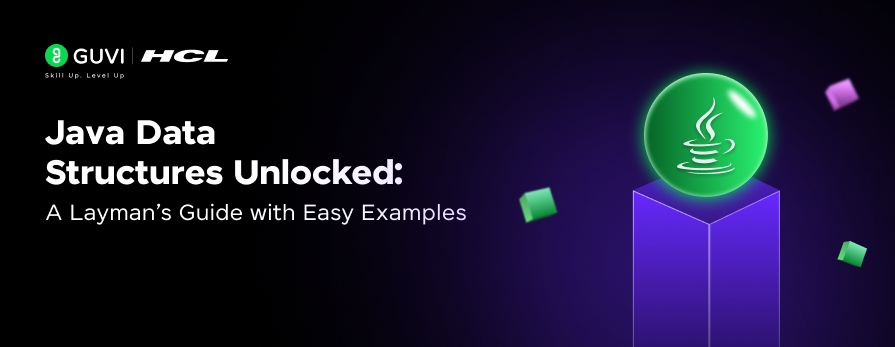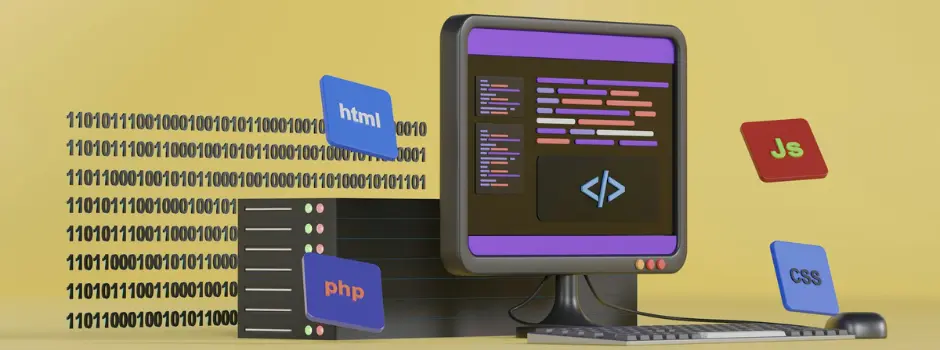
Microservices Communication via RabbitMQ
Apr 11, 2025 2 Min Read 1457 Views
(Last Updated)
A microservices architecture is one of the distributed systems, which contains multiple services. They will communicate with each other by sending and retrieving data. This is what we call microservices communication.
Communication protocols are used by each service to communicate with the others. Let us now learn everything related to communication protocols in this article!
Table of contents
- Methods of Microservices Communication:
- Synchronous Communication
- Asynchronous Communication
- In this asynchronous communication, We are going to use the popular message broker - RabbitMQ
- Conclusion:
Methods of Microservices Communication:
Microservices are applications that can communicate with each other in two main methods.
- Synchronous Communication
- Asynchronous Communication
Synchronous Communication
The most common type of synchronous communication is an HTTP request. This protocol supports sending a request and receiving a response from another microservice.
In this communication, data transfers an endpoint of a service in a blocking interaction. A service sends a request and waits for a response from another service.
Asynchronous Communication
The most common type of Asynchronous communication is an AMQP(Advanced Message Queuing Protocol) request.
This protocol is used to transfer data between microservices through non-blocking interactions via Message brokers.
There are many Messaging brokers available for asynchronous communication.
- RabbitMQ
- Apache Kafka
- Amazon Web Services
- ActiveMQ
- Azure Service Bus
- Google Pub/Sub
When a request is sent from Microservice-1 to Microservice-2 through HTTP, Microservice-1 is blocked in the interaction until a response is received.
When a request is sent from Microservice-1 to Microservice-2 through AMQP. A message broker acts as an intermediate that helps to communicate between microservices. It maintains messages until received by the Microservice-2.
In this asynchronous communication, We are going to use the popular message broker – RabbitMQ
RabbitMQ is an open-source message broker software. It processes multiple messages per second. It is lightweight and performs very fast compared to synchronous communication.
RabbitMQ Architecture
There are 4 different parts in the setup of RabbitMQ :
- Producer – Responsible for sending messages.
- Exchange – Responsible for sending messages to the queue.
- Queue – Responsible for storing messages.
- Consumer – Responsible for receiving and processing messages.
When we handle multiple requests between microservices using HTTP,
it takes more time to receive responses and reduces the app’s performance too.
Therefore, Synchronous Communication is not apt for multiple requests at the same time. So Asynchronous Communication is the best way for our app performance and consumes very little time for execution.
In case, you want to learn more about Microservices in Full stack development, consider enrolling for GUVI’s Certified Full-stack Developer Course that teaches you everything from scratch and make sure you master it!
Conclusion:
Hopefully, this blog will help you understand the idea of microservice communication via RabbitMQ and which type of communication is most effective.





















![Top 20+ React Interview Questions and Answers [2025] 5 Top React Interview Questions](https://www.guvi.in/blog/wp-content/uploads/2022/01/Interview-Questions-1.png)
![What is ReactJS? A Beginner's Guide [2025] 6 what is reactjs](https://www.guvi.in/blog/wp-content/uploads/2025/04/what-is-reactjs.webp)
![What Does a Front End Developer Do? A Beginner’s Guide [2025] 7 Feature image - What does a Front End Developer do A Complete Guide](https://www.guvi.in/blog/wp-content/uploads/2024/02/Feature-image-What-does-a-Front-End-Developer-do-A-Complete-Guide.webp)







Did you enjoy this article?